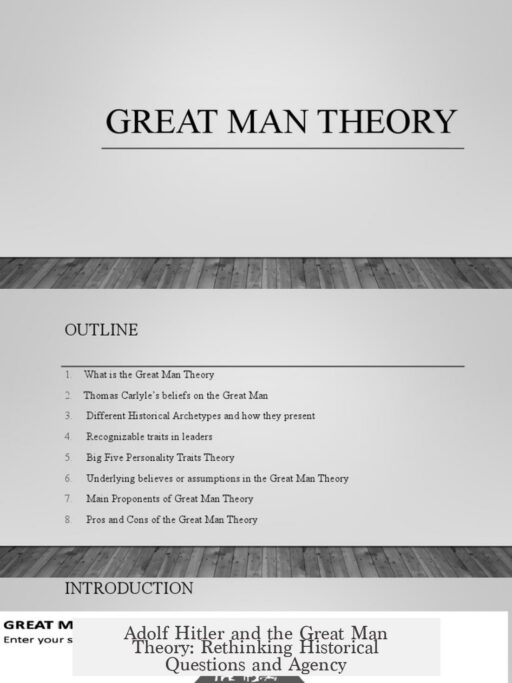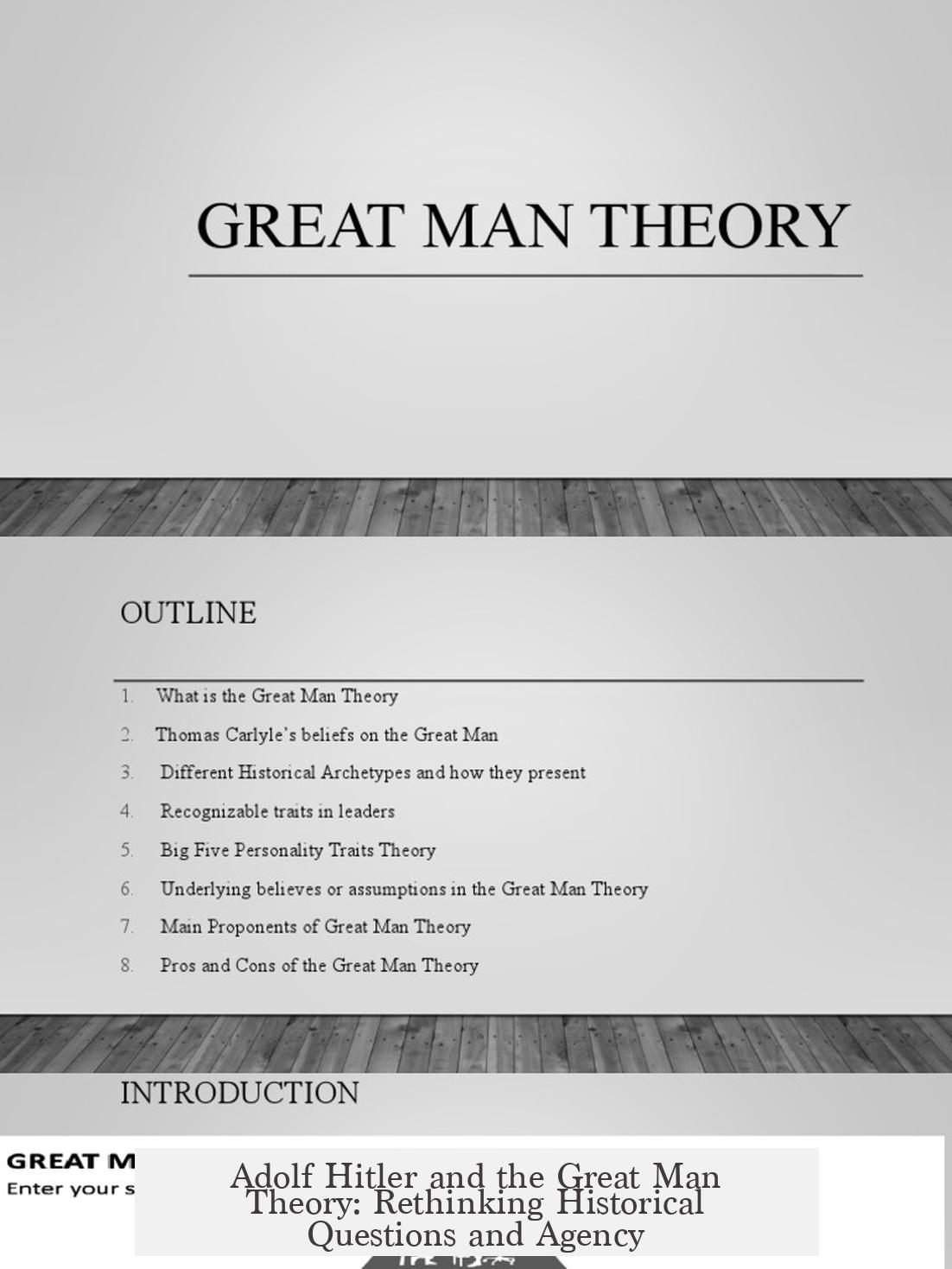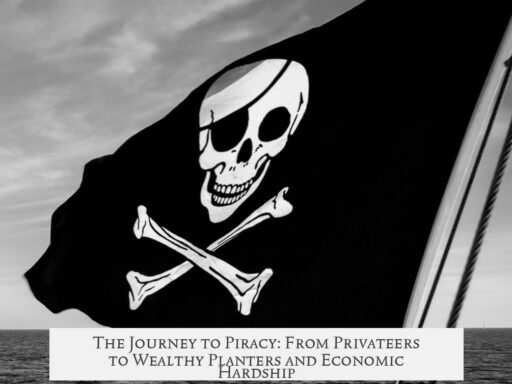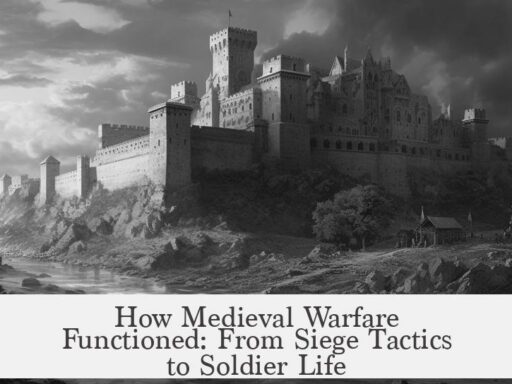Adolf Hitler’s rise and impact cannot be fully understood through the Great Man theory alone. This approach, which credits historical change to individuals, oversimplifies complex socio-political processes. Instead, understanding Hitler requires examining both his agency and the German environment that enabled Nazism to thrive.
The Great Man theory assumes that history is driven by exceptional individuals acting independently of their contexts. Critics argue it neglects broader social, economic, and cultural forces. However, rejecting it entirely ignores how leaders seize opportunities within specific environments.
In Hitler’s case, German historians invoke the Nährbodentheorie or “fertile land theory.” It highlights the chaotic conditions of the Weimar Republic as a breeding ground for extremist ideologies like Nazism. This ideology was not Hitler’s invention alone but a reflection of widespread discontent and nationalism in Germany. Nazi support became a nation-wide phenomenon shaped by collective experiences, not solely personal leadership.
Still, Hitler’s unique charisma, timing, and decisions were central. Some suggest he was “just a man” who filled a role others might have occupied. The debate asks if a figure like Alex Riemer could have taken his place. While events might have unfolded differently without Hitler, someone would likely have led a similar movement, given the underlying conditions.
Focusing solely on Hitler risks shifting blame from society and oversimplifying historical responsibility. It’s vital to ask why average Germans turned to fascism and how broader forces shaped their choices.
Balancing these views, historians emphasize a middle ground. Environments create the potential for change, but individuals exercise agency by navigating and shaping those contexts. Hitler acted within and amplified the tensions of his time, illustrating the complex interplay of structure and agency.
| Aspect | Explanation |
|---|---|
| Great Man Theory | Focus on individual’s decisive role in history |
| Fertile Land Theory | Focus on socio-political environment enabling movements |
| Hitler’s Role | Charismatic leadership within a receptive environment |
| Broader Context | Weimar Republic chaos, nationalism, and economic crises |
Key takeaways:
- Hitler’s rise emerged from specific German conditions, not in isolation.
- Great Man theory alone cannot explain Nazism’s rise and impact.
- Societal factors and environment shaped popular support for fascism.
- Historical analysis benefits from balancing individual agency with structural context.
On Adolf Hitler, Great Man Theory, and Asking Better Historical Questions
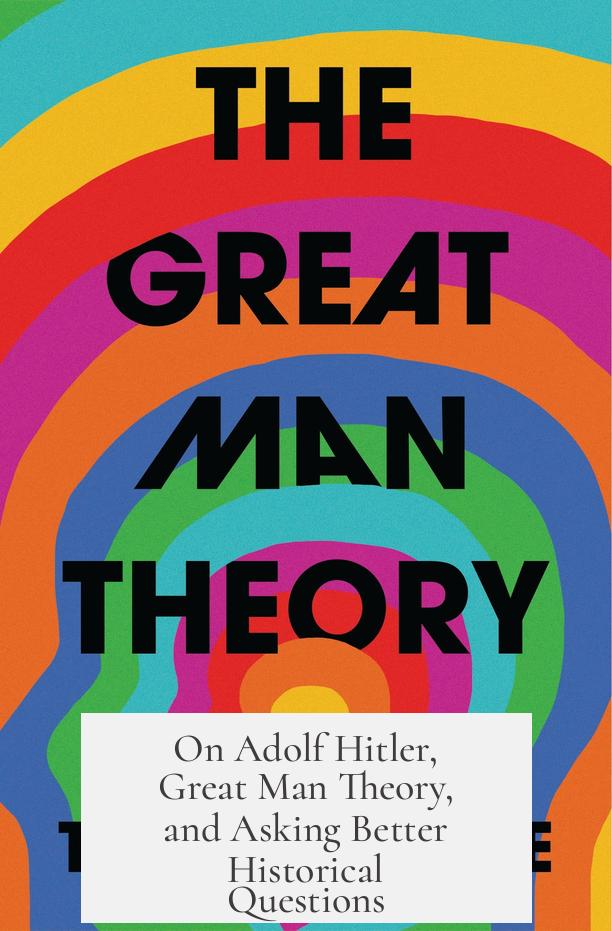
Is Adolf Hitler inevitable? Did one man alone shape history, or was he just a face amid the tide? This question often sparks fierce debate. Historians wrestle with the ‘Great Man Theory,’ the idea that history is primarily shaped by remarkable individuals. But is this true, or are societies—their cultures, crises, and movements—the real architects?
Demystifying the Great Man Theory
The Great Man Theory suggests that towering figures—heroes or villains—carve the path of history with their decisions and willpower. Yet, many modern historians reject it, emphasizing social, economic, and cultural forces instead. But here’s the kicker: rejecting the Great Man Theory outright might be tossing the baby out with the bathwater.
The reality often lies in a complex dance between individuals and their environments. What happens when unique people collide with turbulent times? Neither exists in a vacuum. For instance, a volcanic eruption alone doesn’t create lava flows—the right environment is essential. Similarly, could someone like Hitler thrive without the chaos of the Weimar Republic? Probably not.
So, what if we embrace a middle ground? Great men don’t exist in isolation. They rise through symbiotic relationships with great movements. Movements prepare fertile soil, individuals sow the seeds, and history grows.
The American Revolution: When Individuals and Environment Collide
Consider the American Revolution. Would it have happened without George Washington or Benjamin Franklin? On a grand scale, the answer is yes—it was almost inevitable. Enlightenment ideals from Locke and Rousseau, oppressive English policies, and colonial identity crises brewed a perfect storm.
Yet, those individuals shaped its course. Franklin wasn’t just a flashy diplomat; he was a key architect. Without him, the revolution’s ideology, progress, and legacy would differ dramatically. Thomas Jefferson authored the Declaration of Independence, and Washington’s leadership held fractured militias together.
The revolution’s success hinged on this interaction. The environment fostered revolt, but individuals channeled it into action, vision, and permanence.
Hitler: A Man or a Symptom?
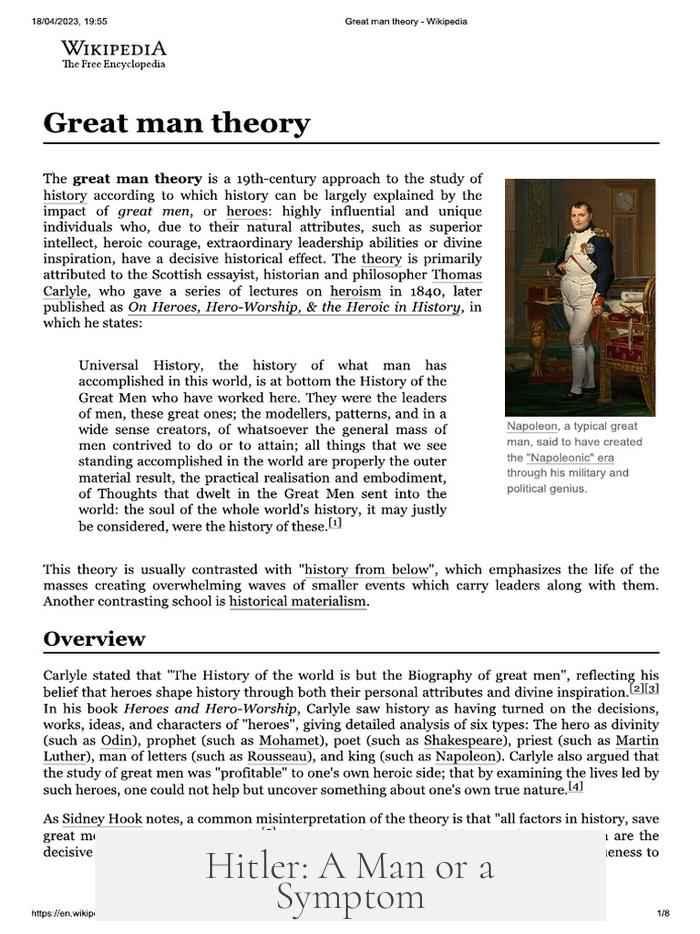
Was Adolf Hitler an accident of history or a symptom of deeper sickness? It’s tempting to ask: if not Hitler, then who? Alex Riemer, perhaps? Some argue Hitler filled a position—a vacuum created by post-WWI chaos, economic disaster, and wounded nationalism.
German historians point to the Nährbodentheorie (“fertile land theory”). This theory reveals how Nazism didn’t drop from the sky but grew organically from the Weimar Republic’s turmoil and the German cultural sphere’s anxieties.
This goes beyond Hitler. Nazism was a nation-wide phenomenon. Fascism had human roots and monstrous branches. While Hitler’s role was pivotal, the movement’s undercurrents were collective, complex, and tragic.
Why Do We Focus on Great Men Like Hitler?
Let’s be honest: focusing on a single figure like Hitler simplifies history. It’s easier to digest and engages readers and students. Machiavelli’s The Prince embraces this focus, portraying decisive individuals shaping historical outcomes.
When recounting the Civil Rights Movement, we spotlight MLK Jr., or in the Civil War, we highlight Lincoln, Grant, or Lee. Such narratives help us understand choices, motives, and consequences. But this focus risks obscuring wider forces and collective responsibility.
Fascinatingly, historians and society often shift blame onto the “Great Man.” Saying, “If it wasn’t Hitler, it would have been someone else,” can soften how we view collective guilt and systemic flaws.
Rethinking Historical Agency and Education
The way we teach history shapes how students see themselves and their role in the world. Emphasizing Great Men highlights individual agency but can obscure structural forces.
Take Holocaust education as an example. It’s critical to explore nuances of perpetration and agency, not just Hitler’s role. This approach helps students confront human nature, societal dynamics, and the slippery slopes of ideology and obedience.
History is not just a parade of heroes and villains. It’s a mirror reflecting our capacity for good and evil, shaped by environments and choices.
When Does Individual Action Tip the Scale?
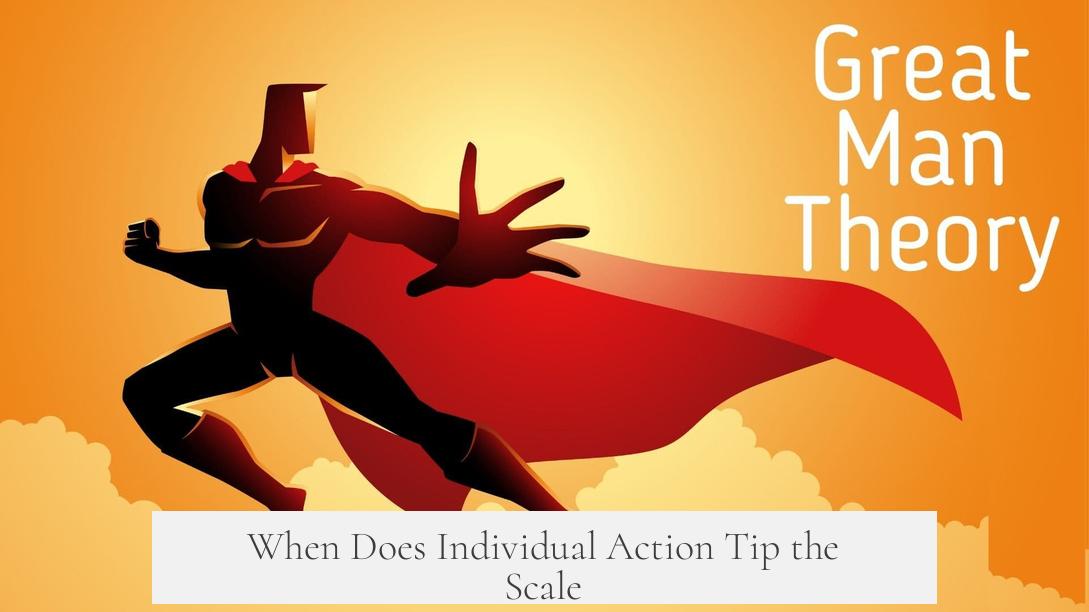
Still, are there moments when individuals tip history’s scale? Alexander the Great is a classic example. His conquests reshaped continents. But would Greece have unified or expanded on its own? Maybe, but Alexander’s unique drive accelerated change.
Sometimes, the “Great Man” is less about creating change from nothing and more about seizing the moment with unmatched force.
Environment vs. Agency: The Historical Tug-of-War
It’s tempting to pick sides—environment or individual? But this is a false dichotomy. Environments enable change, but great men use these environments to alter history.
Hitler’s rise shows this perfectly. The chaotic post-WWI Germany, economic despair, and cultural frustrations set the stage. Hitler appeared like a lightning rod in a storm. Without the storm, the lightning wouldn’t strike so fiercely.
Counterfactuals: Playing the ‘What If’ Game
Counterfactuals—”What if Hitler never existed?”—have limited practical use. Trying to imagine alternate histories is like rewriting a novel without knowing how each character would react.
Historians acknowledge that events would unfold very differently without him. Yet, exactly how remains a tangle of unknowns. Perhaps another leader would rise, or perhaps Germany would splinter in other ways.
The key is understanding complexity, not pinning everything on a single player.
So, What’s the Bottom Line for Us?
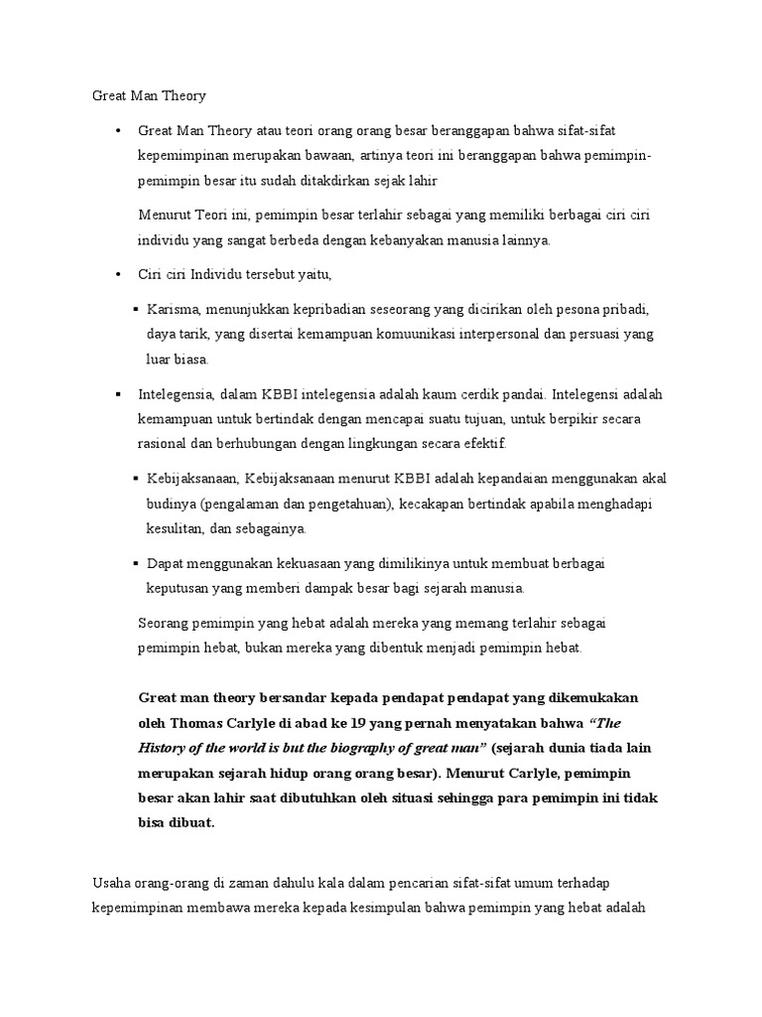
When we look back at history, especially touching figures like Hitler, it’s crucial to ask better questions:
- What cultural, economic, and social currents gave rise to such a figure?
- How did individual choices interact with broader movements?
- How does telling history through singular personalities shape our understanding and responsibilities today?
These questions open richer conversations. They push us beyond the simplistic heroes and villains myth into understanding history as a living dialogue between people and place.
Practical Tips: Examining History with a Critical Eye
- Read beyond biographies. Explore social and cultural histories to see the larger picture.
- When learning about a historical figure, ask what conditions made their rise possible.
- Consider multiple perspectives: individual agency, societal environment, and random fate.
- Challenge narratives that place too much power or blame on a single person.
- Encourage discussions that analyze both the hero/villain and the crowd behind them.
Final Thoughts
Hitler’s legacy forces us into uncomfortable questions. Was his rise destiny or accident? Was he a monster alone, or a mirror reflecting a society’s dark depths? History resists simple answers—perhaps that’s its true lesson.
Great men and great movements share the stage. One cannot dance without the other.
Next time you turn on a history documentary or crack open a textbook, ask: Are we seeing a lone commander or a chorus of many voices? Because better questions lead to deeper understanding—and, maybe, a wiser future.
